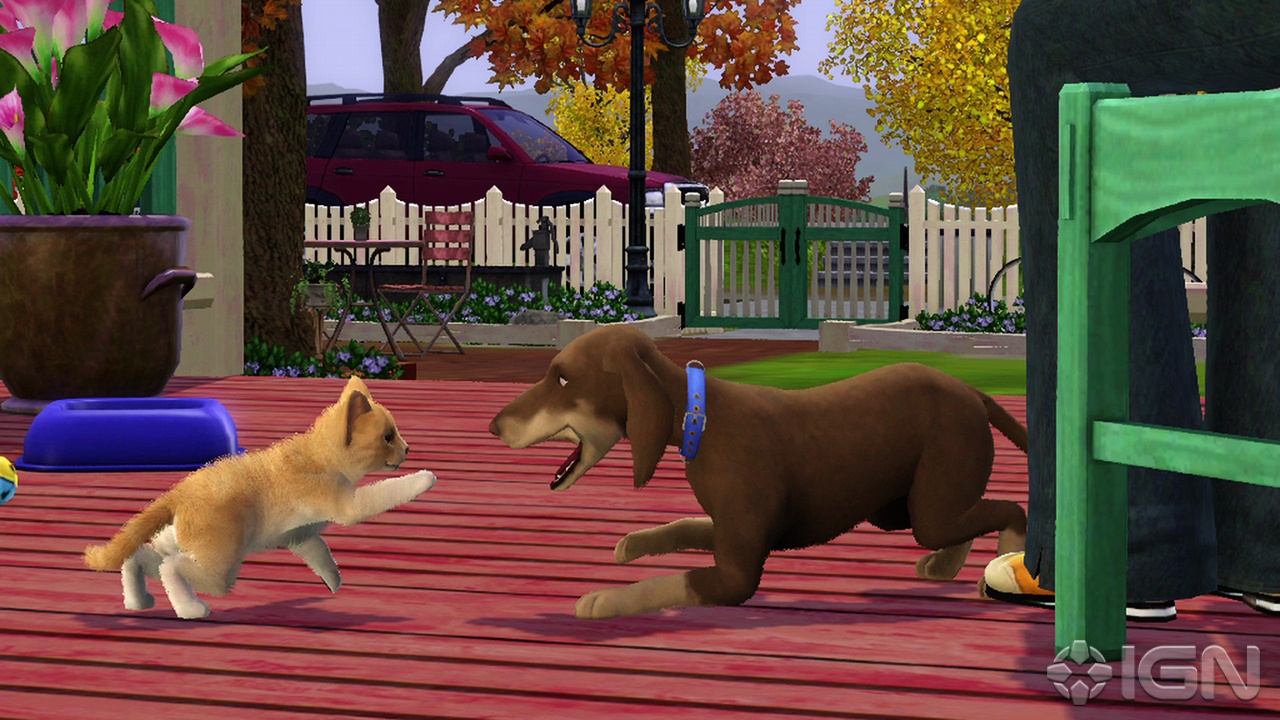Sarscape Crack Cocaine

Cocaine is an often abused drug, derived from the coca plant, and it’s found in both powder and rock forms. While the powdered form of cocaine is simply referred to as cocaine or coke, the rock form is often referred to as crack or crack cocaine. The freebase form of cocaine can be smoked, as is 'crack' cocaine that has been processed from cocaine hydrochloride to a freebase for smoking. Cocaine is a stimulant that makes users feel.
A Complete History of Crack Cocaine March 28, 2018 - - 0 Comments Crack cocaine, commonly shortened to crack, is a free base version of – a drug that has been used in various forms in South America for centuries. Crack cocaine was first introduced to the United States in the early 1980s, going on to become an epidemic with millions of users and contributing to over 25,000 hospitalizations a year throughout the 80s and early 90s. Today, crack is less of a problem, but it still exists, and is just as dangerous today as it was then. This complete history of crack cocaine will help you to understand what the drug is, where it comes from, and why it is still engrained in some urban neighborhoods. What is Crack Cocaine is made from the leaves of the Coca plant, which has been used as a stimulant and recreational drug in Peru since ancient times. The drug was first isolated to create cocaine during the 1860s, and, at first believed to be harmless, was sold as a common household product, and was not regulated until the and not banned until 1922. By 1961, the United States had recognized that cocaine was a serious problem, causing hospitalizations and deaths across the country, but usage continued to rise.
Ample clearance for tail gates, rear gates & hatchbacks; Pivots up to a loaded NV 2.0 4-Bike; 2 inch hitch only; Locking, anti-rattle hitch pin. Listen to KUAT internet radio online for free on radio.net. All radio streams and radio stations at one glance. Discover online now. / radio.net – Radio your way. Log in / Register. Listen to KUAT, MyRadio Classical music and Many Other Stations from Around the World with the radio.net App. KUAT Tucson Classical. User custom yiha kuat. Listen to KUAT-FM 90.5 - Classical KUAT internet radio online for free on radio.net. All radio streams and radio stations at one glance. Discover online now. Kuat was a standard terrestrial planet of clouds, water, and land. Unlike other planets in the galaxy, a single, large man-made ring circled its equator. Serving as Kuat Drive Yards legendary shipyards, the ring appeared to galactic citizenry as an immense scaffold in space, bridged and augmented with enormous habitats. Kuat Headquarters. 2240 N Alliance Ave Springfield, MO 65803.
The 1970s cocaine epidemic gave rise to increased production throughout South America, leading to a massive influx of product and falling prices. Faced with the prospect of losing money, drug dealers began converting cocaine powder into crack cocaine, a crystalized and much more potent version of the drug.
This free-base cocaine provides a shorter but more intense high than the original cocaine powder, and during the height of the crack cocaine ‘epidemic’ could be purchased for as little as about $2.50 per gram (about $6 adjusted for inflation). This stronger cocaine is made by purifying powder through a chemical process.
It can then be sold in smaller quantities, and can be smoked. A Manufactured Epidemic While cocaine use was rampant throughout the 1970s and into the 1980s, most data shows that crack was not popularized. Jumping on the opportunity to create a scare and therefore views, major news channels manufactured information about an epidemic, effectively mass-marketing a newer, stronger, and far more dangerous form of an already potent drug. The result was an epidemic, with usage rapidly spreading across the United States.
By 1984 an estimated 4.5-5.5 million Americans were regularly using crack – many of whom were poor and underprivileged teens and young persons in urban areas. Cocaine, which was an expensive commodity, was unavailable to this demographic, but crack, which was available in smaller and stronger quantities, was cheap and easy to get. By 1986 the cocaine related emergency room visits rose by 110% to 55,200. Just a year later, that number would almost double again, rising to 94,000.
A Disproportionate Impact on Poverty Stricken Neighborhoods Crack cocaine massively impacted urban communities, quickly hitting and decimating poverty-stricken areas. During the peak years of the crack cocaine epidemic, the drug was primarily distributed in inner-city neighborhoods, where dealers could easily sell quickly at a minimum price. This resulted in heavy distribution to families and households already vulnerable to addiction through stress and poverty and in turn generated a more than doubled homicide rate among impoverished black males aged 14-24, and a significantly increased crime rate. Often addicted, many users would turn to selling, further spreading crack into their communities.  With an economic recession, poor prospects, and crack cocaine presented as an ‘easy’ way to make money – the drug became entrenched in poor neighborhoods, becoming influential in pop culture and dramatically affecting gang violence in black and Latino neighborhoods.
With an economic recession, poor prospects, and crack cocaine presented as an ‘easy’ way to make money – the drug became entrenched in poor neighborhoods, becoming influential in pop culture and dramatically affecting gang violence in black and Latino neighborhoods.
Government Crackdown By 1986, the U.S. Government had recognized the immense danger and impact of crack cocaine. Congress responded, passing a disparity versus powder cocaine, with a minimum sentence of 5 years in prison for possessing 5 grams of crack cocaine. By the early 1990s, the police had become more militarized, and had begun unfairly arresting blacks for crack possession (). By the mid 1990s the crack epidemic eased off, but crack remained and is still sold today, often at a quarter or less of the price of cocaine.